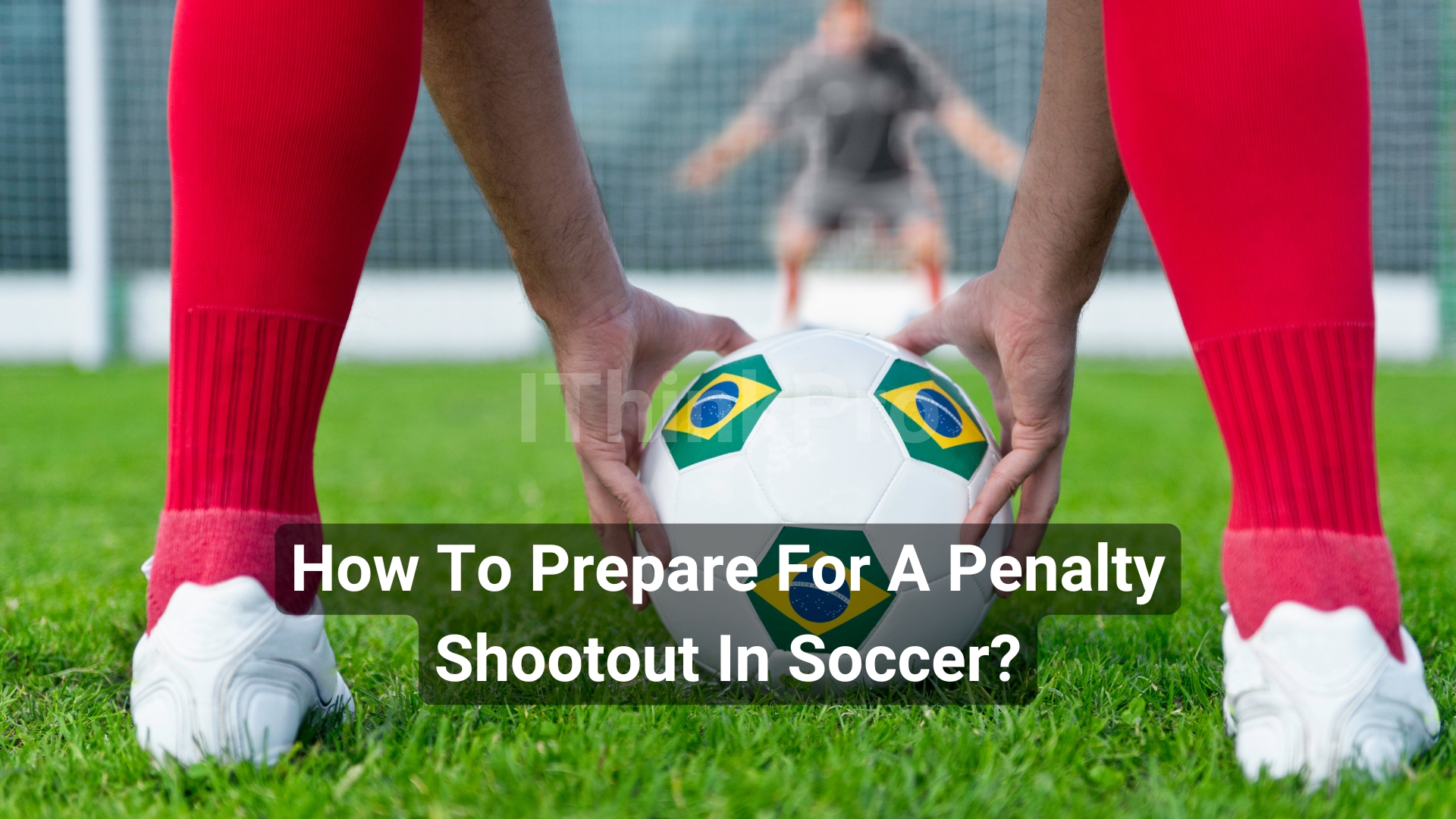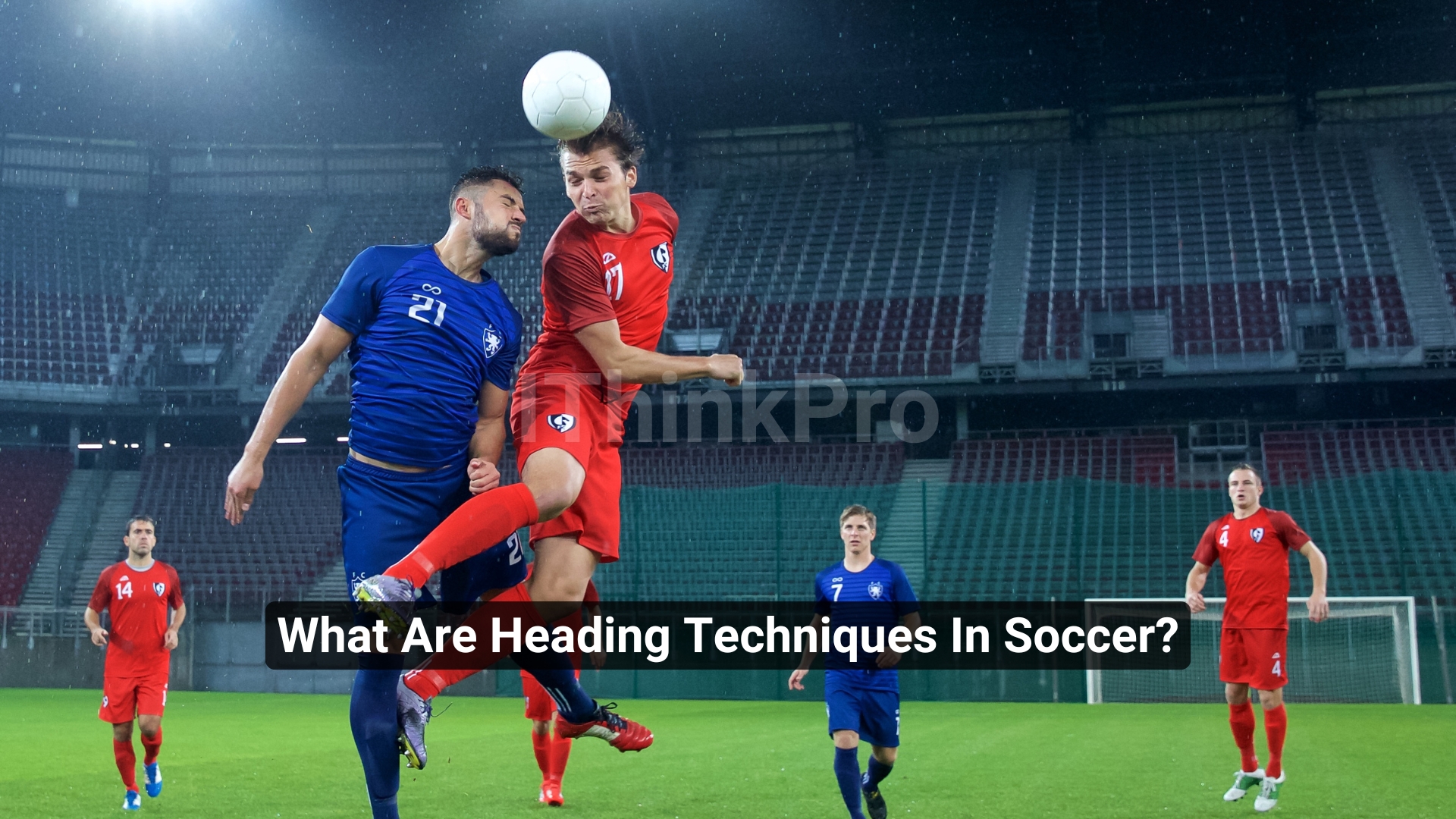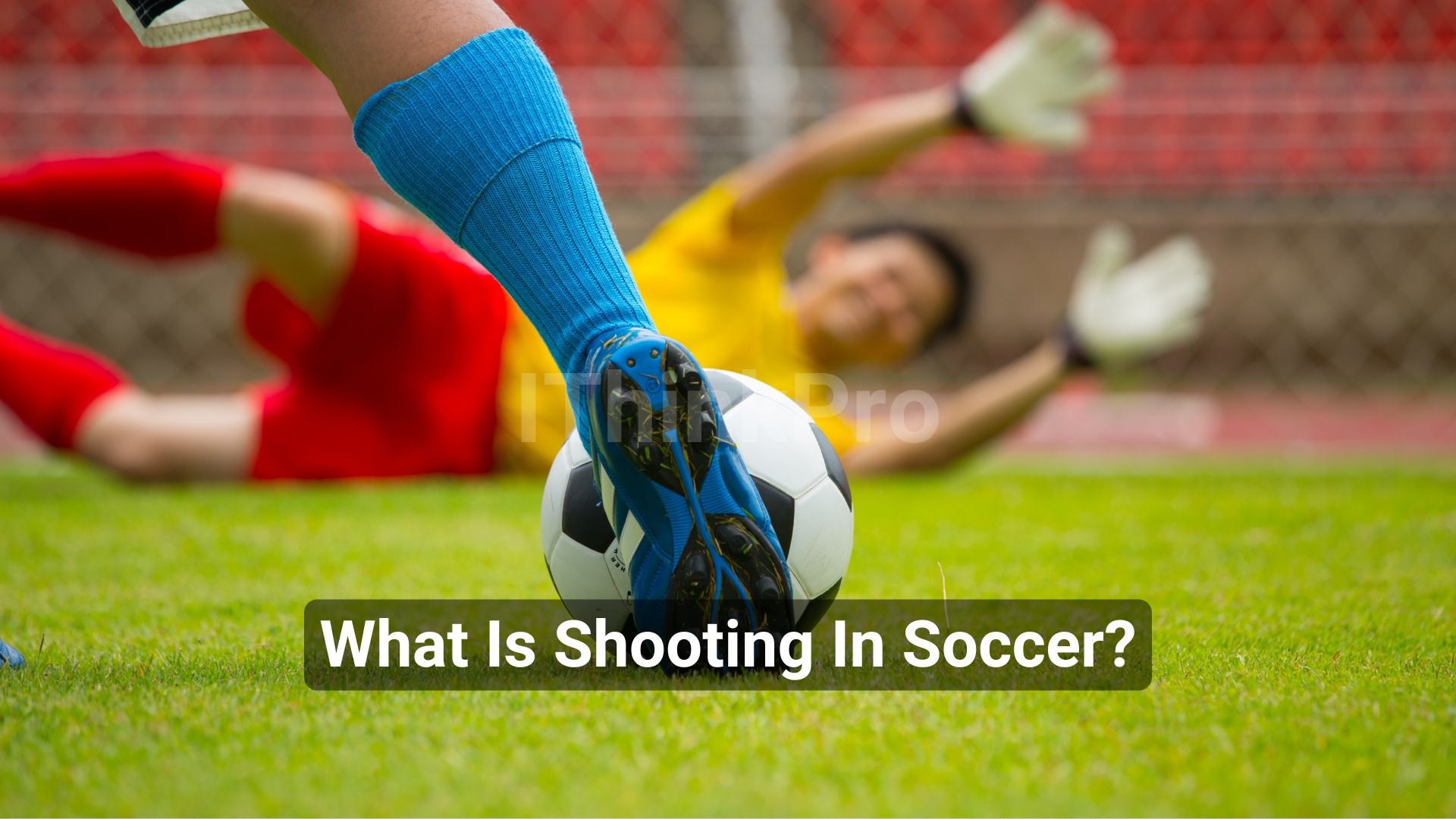Introduction
Hello Champ!
The pressure of a penalty shootout in soccer is immense, pushing players to their mental and physical limits. For both shooters and goalies, the stakes are high, and preparing properly can make all the difference between winning and losing. However, it is not always clear which methods or strategies lead to success in such intense moments.
Understanding how to prepare for a penalty shootout in soccer can equip players with the confidence and skills they need. Focusing on mental preparation, shooting accuracy, and a solid pre-kick routine are all essential ingredients for staying under pressure and improving penalty success.
This article will guide you through each element of preparing for a penalty shootout, helping you master these high-stakes situations. Discover techniques to boost your confidence, improve your shooting accuracy, and develop the mental flexibility needed to handle the pressure of a penalty shootout.
Understanding the Importance of Penalty Shootout Preparation
Why Penalty Shootouts Can Decide Crucial Matches
Penalty shootouts often determine the outcome of the most intense soccer matches, especially in tournaments where elimination is on the line. When teams are evenly matched after regular and extra time, a penalty shootout provides the only solution to decide the winner. With one-on-one tension between the kicker and the goalkeeper, penalty shootouts are a test of skill, confidence, and psychological endurance. Players who prepare thoroughly for these moments can make a significant difference in the final score.
The Role of Mental Strength and Focus
Mental strength is crucial in a penalty shootout. With so much pressure riding on every shot, a player’s ability to stay focused and composed is often what separates successful shooters from those who falter. Confidence and concentration help players tune out distractions, including the crowd and the opposition, allowing them to focus solely on executing the perfect shot.
Building Confidence for High-Pressure Situations
High-pressure situations require mental preparation, and penalty shootouts are among the most challenging. Practicing regularly and using mental exercises to boost confidence can help players stay calm under pressure. By building a routine, players can approach penalty kicks with a stronger sense of control and resilience.
Developing a Solid Penalty Kick Technique
Focusing on Accuracy Over Power
While a powerful kick might seem like a strong approach, accuracy is often more important. An accurate shot that’s well-placed is harder for a goalkeeper to stop than a powerful shot that lacks control. Practicing placement over power will help players target specific areas of the goal more reliably.
Mastering Body Positioning and Foot Placement
The way a player positions their body before a kick greatly influences shot accuracy. Leaning forward too much may cause the ball to go low while leaning back might send it over the goal. The position of the non-kicking foot also matters; placing it too far from the ball can impact shot control. Mastering proper body and foot positioning during practice will build muscle memory for the real event.
How to Practice Shot Consistency
Consistency is key to penalty success. Practicing the same technique repeatedly allows players to become more familiar with the shot mechanics. Working on approach angles, stances, and follow-throughs will develop a consistent shot style that players can rely on during a penalty shootout.
Varying Kick Angles and Techniques
Although consistency is vital, varying angles and techniques during practice also help. By learning to shoot at different parts of the goal—like the top corners, bottom corners, or even the center—players can adapt to different scenarios and keep goalkeepers guessing.
Mental Preparation for Penalty Shootouts
Visualizing a Successful Shot
Visualization techniques are powerful for building mental resilience. Before taking a penalty, players should close their eyes and imagine the ball hitting the back of the net. This visualization creates a positive mental image, boosting confidence before each shot.
Breathing Techniques to Manage Nerves
Controlled breathing can help players manage nerves. Taking deep breaths before stepping up to the ball helps regulate heart rate, calms the mind, and reduces anxiety. This simple routine can make a huge difference in how players approach a high-stakes penalty.
Staying Calm Under Pressure
Penalty shootouts are high-stress moments, but keeping calm is essential. Practicing calming techniques, such as focusing on one’s breathing or mentally repeating positive phrases, can help players manage the pressure. Calmness leads to clearer decision-making, giving players a mental edge.
Building Confidence Through Repetition
The more familiar a player is with a shot, the more confident they’ll feel. Repeating the same actions, from the pre-kick stance to the follow-through, can boost confidence by creating a reliable, automatic response that’s hard to shake under pressure.
Key Strategies for Penalty Kick Takers
Deciding the Target Spot Before the Kick
Players often perform better when they commit to a target spot before taking the shot. Deciding where to aim before stepping up helps eliminate indecision and allows players to focus on execution rather than second-guessing their shot choice.
Adapting to the Goalkeeper’s Positioning
If possible, players should observe the goalkeeper’s stance and positioning. Goalkeepers sometimes reveal subtle clues about where they intend to dive. A slight lean or shift can inform players, helping them make an informed shot decision.
Practicing a Pre-Kick Routine
A pre-kick routine helps players establish a rhythm and focus on their goals. Whether it’s taking a deep breath or tapping the ball, a consistent routine builds comfort and familiarity, which helps players feel in control even under intense pressure.
Reviewing Opponent’s Patterns and Preferences
Analyzing the goalkeeper’s patterns or preferences can also aid in scoring. If players have access to footage or prior knowledge of the keeper’s tendencies, they can aim for areas the keeper might overlook, increasing the chance of success.
Goalkeeper’s Preparation for Penalty Shootouts
Reading the Opponent’s Body Language
Goalkeepers who learn to read a shooter’s body language can anticipate shot direction better. Observing the kicker’s eyes, body posture, and approach speed can offer clues about the intended shot location.
Positioning for Maximum Coverage
Optimal positioning can make a goalkeeper’s presence more imposing. Standing slightly off-center or moving along the goal line can encourage shooters to aim in specific directions, allowing goalkeepers to anticipate the shot more accurately.
Practicing Reaction and Timing
Goalkeepers should focus on improving reaction time and timing. Practicing quick dives and footwork will help them respond more effectively to shots, increasing the chances of a successful save.
Mental Focus for Repeated Saves
Saving penalties requires mental resilience. Goalkeepers should work on techniques that maintain focus after each shot, staying prepared for the next kick. Repeated focus practices help keep the keeper sharp for every save opportunity.
Penalty Shootout Practice Drills
Accuracy and Precision Drills
Regular accuracy drills are vital for improving penalty shots. By aiming at smaller target areas within the goal, players can develop better shot control. This practice reinforces consistency, which is crucial during penalty shootouts.
Simulating High-Pressure Scenarios
Simulating high-stakes environments prepares players for real shootouts. Coaches can set up timed drills or crowd noise to recreate the pressure, helping players stay calm and composed during the actual game.
Pairing Kickers and Goalkeepers for Realistic Drills
Practicing with a goalkeeper creates a more realistic scenario. Players can work on their placement and power, while goalkeepers practice reading shots. This interaction helps both players and keepers develop penalty-specific skills.
Practicing Both Strength and Control
Strength and control are essential in penalty shootouts. Players should practice with varying power levels to understand how much strength is needed for accurate shots. This balance can help players avoid overshooting and missing the target.
Common Mistakes and How to Avoid Them
Overthinking the Shot
Overthinking can lead to hesitation and a poorly executed shot. Players should trust their instincts, focus on their training, and avoid second-guessing their decisions.
Losing Focus Due to Crowd Pressure
Crowd noise can be distracting, but players can use mental techniques to block it out. Visualizing the ball and focusing solely on the goal can help players stay on task.
Rushing the Kick or Reacting Too Slowly
Taking the kick too quickly or waiting too long to react can affect shot accuracy. Players should establish a steady rhythm that allows them to approach the shot confidently without rushing.
Misjudging Goalkeeper Movement
Some players try to guess the goalkeeper’s movements. Instead of focusing too much on the keeper, players should focus on the target they initially planned to hit, as changing decisions mid-kick can lead to errors.
Building Confidence and Resilience
Turning Penalty Misses into Learning Opportunities
Missed penalties can be tough, but each miss is a learning opportunity. Analyzing what went wrong and focusing on improvement helps players build resilience and adapt their techniques.
Reinforcing Positive Mindset After Each Shot
A positive mindset is key to handling shootout stress. Players should remind themselves of their successful shots and maintain a positive outlook, even after misses.
Staying Resilient in Case of Missed Opportunities
Penalty shootouts can be challenging, but resilience is essential. Learning to move on from missed chances builds mental strength, helping players stay prepared for future penalty situations.
Conclusion
In conclusion, preparing for a penalty shootout in soccer requires a combination of physical skill, mental flexibility, and strategic practice. From mastering shot accuracy to developing a reliable pre-kick routine, players and goalkeepers alike must build a solid foundation of technique to handle the intense pressure of a shootout. Mental preparation plays an equally important role, with visualization and controlled breathing helping to maintain calm, confidence, and focus during moments of elevation. Goalkeepers also benefit from targeted drills and skills like reading their opponent’s body language and improving their reaction time.
With these insights, players and coaches can turn penalty practice into an opportunity for growth, creating a mindset that is confident and resilient. Remember: penalty shootouts aren’t just about technique – they’re a test of nerve and preparation. Embrace the process, and practice with purpose!
Share this blog with others, and feel free to explore our website for more useful information on soccer and other sports-related topics. Stay tuned for more strategies and insights on how to up your game!
FAQs
Q1. How can I stay calm during a penalty shootout?
To stay calm, practice deep breathing and visualize a successful shot before stepping up. Building a routine and focusing on your target can help manage nerves and boost confidence.
Q2. What’s more important in a penalty kick: power or accuracy?
Accuracy is usually more important than power. A well-placed shot, even with moderate power, is harder for the goalkeeper to save than a powerful shot with poor accuracy.
Q3. How should a goalkeeper prepare for a penalty shootout?
Goalkeepers can prepare by studying shooters’ habits, practicing reaction timing, and focusing on mental strategies to stay calm. Reading body language and committing to a dive can also improve their chances of making a save.
Q4. Can practicing penalty kicks improve performance under pressure?
Yes, consistent practice builds muscle memory and increases confidence, helping players handle real-game pressure. Practicing under simulated pressure can also enhance focus and reduce nerves during actual shootouts.
Q5. What’s the best way to pick a target spot for a penalty kick?
Choose your target spot early and commit to it. Aim for areas goalkeepers find harder to reach, such as the bottom corners, and practice hitting those spots consistently in training.











